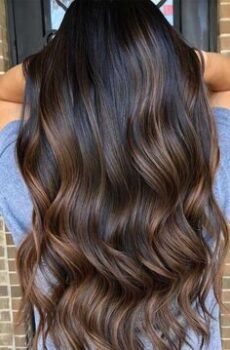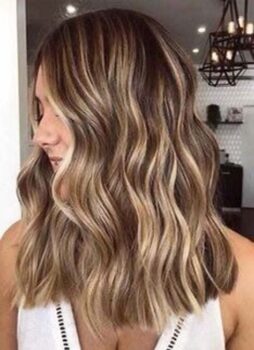Speaking to your hairstylist can sometimes get confusing, especially if they start mentioning things like balayage or ombré. You may have heard of balayage or ombré before. At the surface level, balayage and ombré come from French words. Understanding the difference between balayage and ombré is simple.
Here we will highlight the differences between balayage and ombré and how you can spot them. And as a bonus, we will be sharing some tips on how to successfully wear balayage and ombré. This will help you to know if you should try out any one of them. Let’s highlight the key differences between balayage and ombré.
Balayage
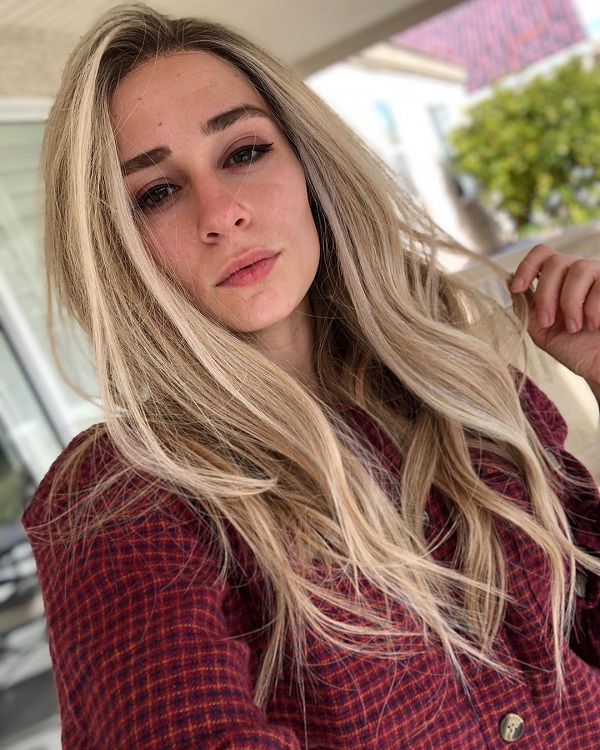
The word balayage is a French word meaning “sweeping”. Balayage is achieved by hand-painting the surface of the hair.
With balayage, the hair color is distributed along the surface of the hair, with the roots often left natural, and the most coloring being applied to the mid-length and the ends of the hair. As balayage has its color applied to the outside surface of the hair, the inner parts of the hair (which can still be slightly seen) keep the hair’s original color.
So, what you have with balayage hair, is a blend of your hair’s original color and the hair color painted onto the surface of your hair. This creates dimension and adds both light and dark shading to your hair, making it look very natural.
Balayage can suit any hair color. It does not matter if you have blonde hair or brown hair or even red hair. All your hair colorist needs to do is paint a lighter color that is similar to your hair shade onto the hair’s surface.
Balayage looks stylish on any hair length, but it looks particularly stunning on longer hair, as it allows the sweeping effect to be rendered fully.
Balayage is often the color choice for many Hollywood stars, models, and celebrities. Balayage is also relatively inexpensive in the long run, as it does not require frequent trips to the salon to refresh the color.
Balayage Styles
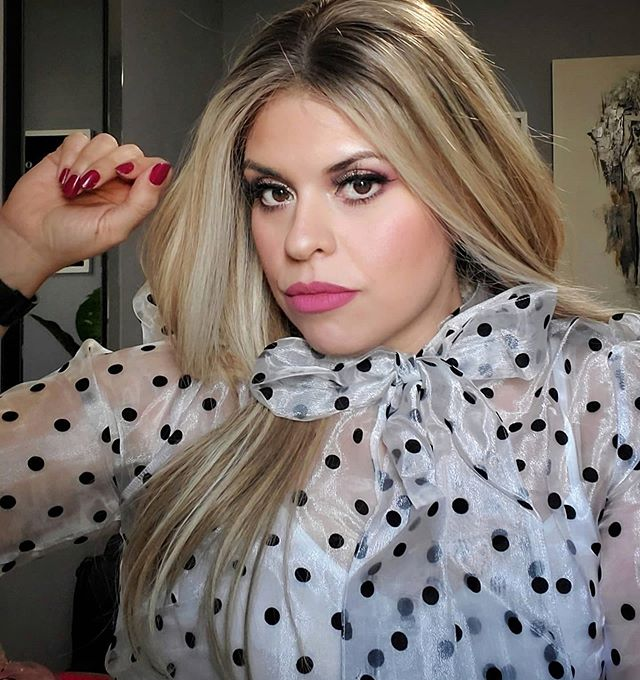
There is no general rule of thumb for styling balayage hair. How balayage will look on you is totally dependent on what look you are going for, as well as the creativity and artistry of your hair colorist. Hence, to get the best balayage style, contact a hair colorist with great reviews. The hair colorist will typically look at what fits your hair color and your look and blend it all to fit in.
Who Should Wear Balayage?
Anyone can wear balayage as it is a versatile color. However, balayage fits perfectly when you have got long hair. To show off and render the sweep-feel of balayage, the longer hair, the better.
Our next hair color style to explore is ombré.
Ombré
Ombré is a hair coloring technique that utilizes two hair colors – a darker hair color and a lighter one. The darker part of the hair is usually the original hair color shade, while the lighter part is where the hair bleach was applied. With ombré hair, the bottom half of the hair is usually lightened, so that the hair looks as if it fades into another color.
The word ombré means “shade” in French. Although ombré is usually your natural hair with lightened ends, it is not completely confined to this setup. The style can be a mixture of two shades that doesn’t have to include your natural hair color. Ombré could include any color shade from blue to pink to brown to purple to blonde to red and so on.
Ombré hair looks best on medium-length hair or even longer hair. Ombré hair may look too harsh on shorter hair lengths, as the hair should look as if it transitioned into a different color at the ends.
Ultimately, ombré is a fashionable hair color to be worn, and ombré is not too expensive. What’s more, ombré hair never gets old, it can fade into a slightly different shade over time and still look stylish. Many find this very cool since they do not need to worry about their hair for a while when they’re rocking ombré.
Ombré Styles
There are two popular ombré styles. They are:
1. Sombré
2. Color melting
With sombré hair, the difference between the two tones are softer, and the hair has less color concentration.
With the color melting technique, two to three color shades are used on each hair strand and blended so that it looks like the colors are melting into each other.
As always, ombré hair is your decision, and you can choose any colors to go together. Your hair colorist should be able to help you if you need help deciding whether to use your natural hair color and another color shade or go completely out of the box to create a unique new style.
Who Can Wear Ombré?
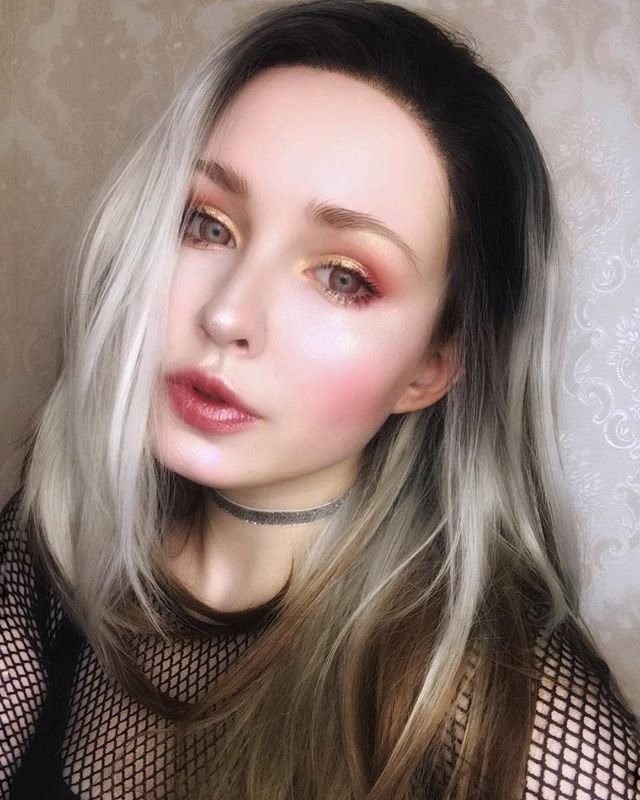
The predominant ombré style includes a two-tone color shade where the darker shade is your natural hair and the lighter is the artificial color.
If you choose to have ombré hair, you should make sure that your hair is healthy enough to be bleached or dyed.
Ombré hair can be worn by anybody, but ombré looks best on long hair. Ombré coloring can look too bold on shorter hairstyles, as there is less room for the color to “transition” into the second color.
Ultimately, ombré hair usually includes two hair colors, where the top half of the hair is a different shade to the bottom half of the hair.
With balayage hair, the top layer of the hair is hand-painted in a lighter color, to reveal dimension from your natural darker roots and inner sections of hair. Balayage hair is designed to look natural and as if it were sun-kissed.
The French-sounding words of balayage and ombré can cause the two words to get confused, but we hope this helped you to understand the differences between the two!

